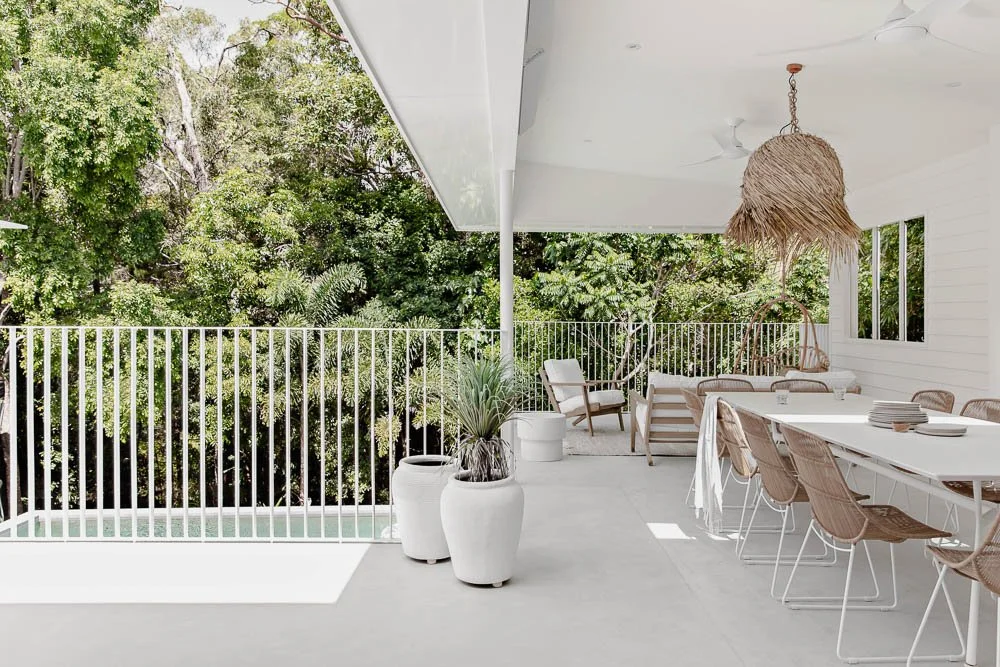SUSTAINABILITY & ENVIRONMENTAL CONSIDERATIONS OF HEKA HOODS
HEKA HOODS & SUSTAINABILITY
Along with providing protection from the elements, Heka Hoods are often used to help building professionals meet their energy rating criteria including BASIX and NatHERS requirements.
The incorporation of a Heka Hood over a window can reduce the amount of energy used to keep a home comfortable year-round.
KEY POINTS
Heka Hoods are highly durable – aluminium is classed as a non-combustible material, perfectly suited to Australian regions subject to fire danger
The only bracket-less awning system where additional fixing (e.g. brackets) are not exposed to the elements, and therefore will not deteriorate
Fixed awning systems play a key role in passive solar design, ensuring comfortable homes year-round with minimal reliance on air conditioning
In all national and state-based rating schemes, fixed shading solutions like Heka Hoods contribute to the energy efficiency score, including BASIX, NABERS, Green Star and NaTHERS
Heka Hoods can be used in place of eaves where small-block design does not allow for their inclusion
ALUMINIUM & SUSTAINABILITY
KEY POINTS
The global aluminium industry is driving towards a zero-emission target by 2050
Aluminium is a circular material capable of being recycled over and over without depreciating the quality
Heka Hoods are a recyclable product, with recycled aluminium using 95% less energy than newly extracted aluminium
Aluminium is a ‘light-weight’ metal, reducing the energy expended in transportation locally and globally
MANUFACTURING & SUSTAINABILITY
KEY POINTS
Engineered to AS1170.2 with an important level of 1 and a 25-year design life ensuring the longevity of the product, meaning the product will not need to be replaced in the near term if installed and maintained according to Heka Hood’s guidelines
Heka Hoods packaging is cut-to-size on-site to reduce wastage and made of recyclable cardboard wherever possible
‘Just-in-time’ manufacturing processes are utilised to minimise waste
Manufactured in Australia to reduce carbon generated during transport

